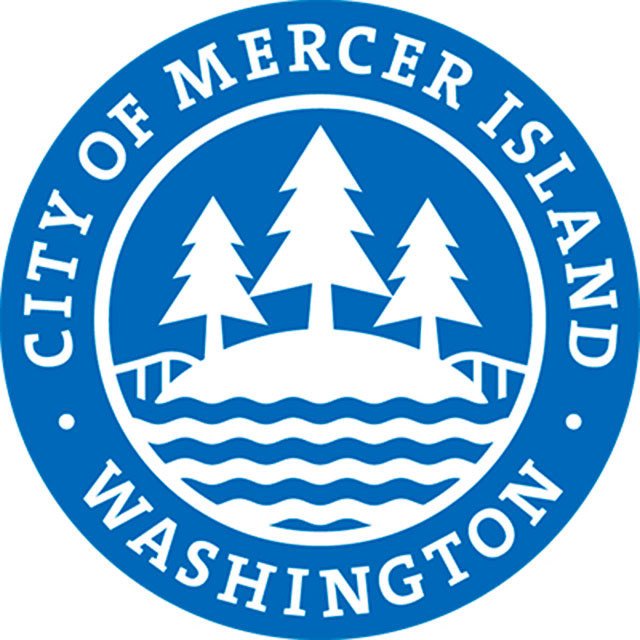In its deliberations on the city budget over the past few months, the Mercer Island City Council has proposed a few cuts while continuing to evaluate the prospect of an operating and/or capital levy lid lift. At its Nov. 7 meeting, the council decided to increase spending significantly in one area: affordable housing.
The council finalized its changes to the 2017-2018 Preliminary Budget at its Nov. 21 meeting, with final adoption scheduled for Dec. 5.
While it may not be plausible for affordable developments to be built in Mercer Island, the city, along with others in the area, contributes to A Regional Coalition for Housing (ARCH) and its Eastside Housing Trust Fund. Per the council’s decision, the Island’s annual contribution will increase from $20,000 to $64,000 in 2017 and to $96,000 in 2018.
Finance Director Chip Corder said that the $20,000 contribution has remained steady since 2000. Councilmember Benson Wong noted that in the past 20 years, the cost of developing affordable housing has gone up, as land costs, construction costs and demand have all increased.
Wong said that the city’s contribution was “appalling,” a sentiment echoed by other council members. Mayor Bruce Bassett said it was “ridiculously low,” while Deputy Mayor Debbie Bertlin and Councilmember Dan Grausz called it “sad.”
Nicki Hellenkamp and Sarah Baker with the Housing Development Consortium, spoke respectively at the Oct. 17 and Nov. 21 council meetings about the affordable housing crisis in King County and urged the council to increase its contribution.
“It’s really embarrassing to look at that number, and drive by the homeless people at each end of the bridge, and say that we’re somehow fulfilling our obligation,” resident Geoff Spellman said when he addressed the council on Nov. 7.
Some members questioned why the council would decide to allocate more money to a regional group when it has many partially funded and unfunded capital projects on the docket, as well as projected deficits in its General Fund and Youth and Family Services Fund in 2018. The city will conduct a public engagement process next year to gauge the appetite for a property tax increase to pay for things like park improvements, bike and pedestrian facilities and school mental health counselors.
On Nov. 21, Councilmember Dave Wisenteiner said that if the city increases its contribution to ARCH, it should make cuts in other areas to show “fiscal discipline” in the face of possible levy lid lifts for operating costs or capital projects in 2017.
Grausz’s argument for spending money on things that are important to the community, despite forecasted deficits, is that the city should have actual deficits before going to voters for more revenue. The city has had surpluses in all but one of the 17 years he has been on the council, he said.
“If and when we face actual deficits, then I have confidence Islanders will vote to increase taxes rather than see essential public services put at risk as, in my opinion, we truly do not have fat in our city operations,” he wrote in an email update to Islanders on Nov. 4.
The deficit is tied to declining development activity, so Grausz suggested making corresponding reductions in the city’s Development Services Group (DSG) staff levels. Corder said he would re-present his DSG analysis to the council on Nov. 21.
The council recently allocated funds to DSG for the hiring of a long term planning manager. Interim City Manager Pam Bissonnette said at Nov. 7’s meeting that she believes the department is now “right sized.”
Wisenteiner, Grausz and Wong were overruled by the other councilmembers, who decided to stick with the recommended staffing levels in DSG while directing the allocation of more of the department’s resources to code enforcement and the residential code update.
To address deficits in 2018, Bissonnette had suggested the concept of a “contra,” which is a way of dealing with expenditure cuts that may or may not be required. A “contra” is a single negative number that is put in the budget, representing the total expenditure cuts that will be required absent a new revenue source. The adopted budget is balanced assuming expenditure cuts, but the specific services are not identified, setting the stage for engaging the public on how to balance the budget.
The council has already made a few cuts to the “contra” in the preliminary budget, including two potential part-time employees: a communications assistant and a youth development coordinator. However, it has also discussed adding two new positions: a help desk technician and code compliance officer. The “contra” is $891,081, about 2.7 percent of the combined General Fund and Youth and Family Services Fund budgets in 2018.
About $1 million of the projected 2016 General Fund surplus will be used to bridge the projected 2017 deficits in those funds and reduce the 2018 deficit in the General Fund.
On Nov. 7, the council also discussed another funding source: raising the vehicle license fee from $20 to $30 or $40 to address deficits in the Street Fund.
On Nov. 21, the council approved water, sewage, storm and surface water and emergency medical and ambulance services rates, as well as the 2017 NORCOM budget allocation and the 2017 levy limit (101 percent). According to the council agenda bill, the total utility rate increase is 5.3 percent in 2017 and 3.8 percent in 2018.
For more, see www.mercergov.org/CouncilMeetings.
A different version of this story was published in the Nov. 23 print edition of the Mercer Island Reporter. This story was updated after the Nov. 21 council meeting, which occured after the print deadline.


